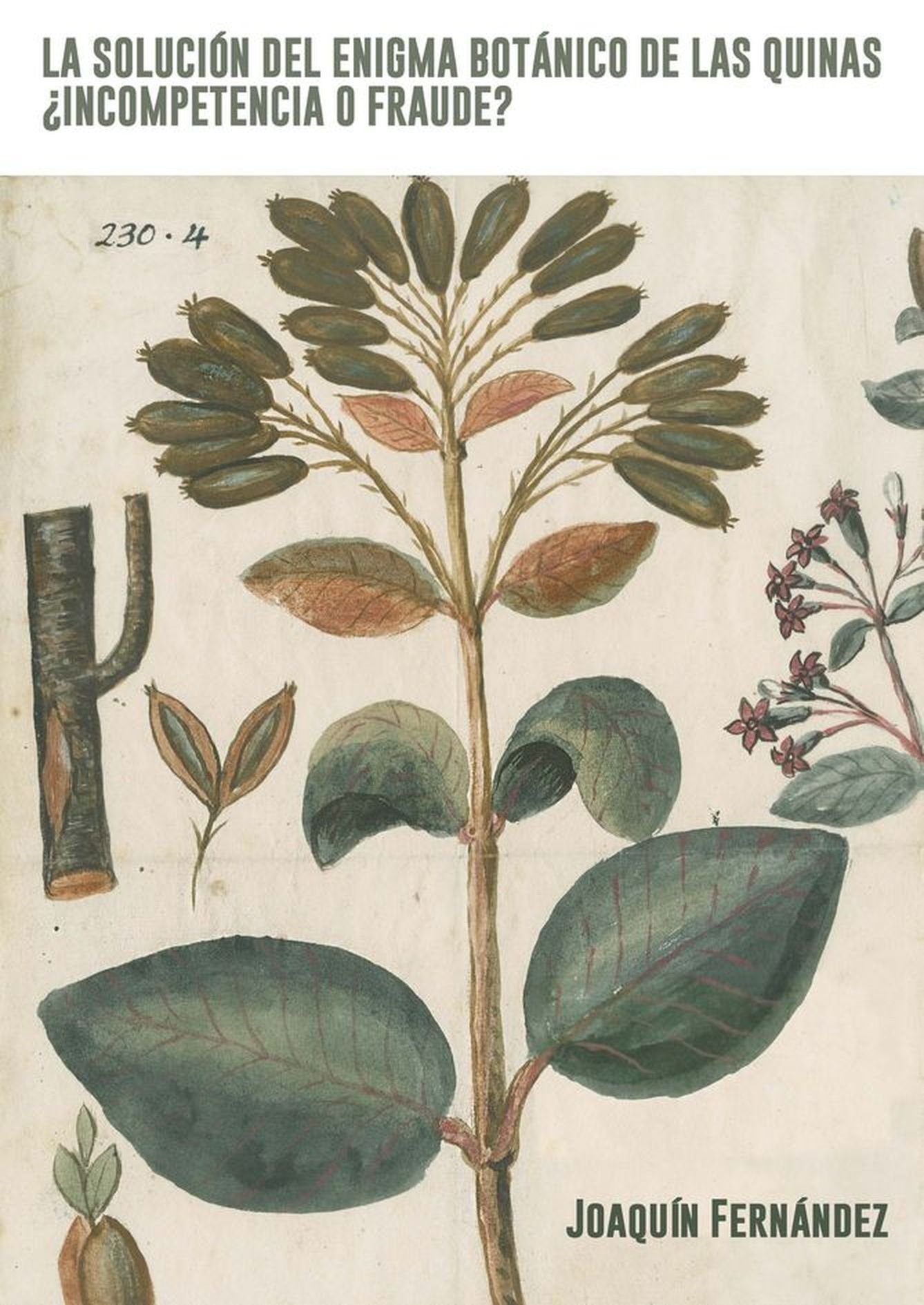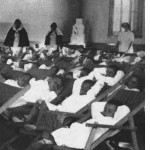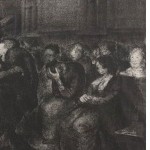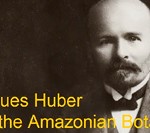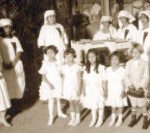Editor’s note
Amazement. That’s the first word that comes to mind as I write this letter introducing the third issue of the journal História, Ciências, Saúde – Manguinhos for 2013. Amazement, because the results of our social media presence have surpassed our expectations. Here are two telling facts. Firstly, in one month there were 6,444 people following our blog. Secondly, visits to an article we published in 1995 tripled after a fascinating interview by the author after the passeatas [protest marches] that have shaken Rio de Janeiro, São Paulo and other Brazilian cities.
It is true that we did not play a key role in the protests. But they affected us deeply. Especially the early ones. Members of the journal’s editorial staff marched alongside the young people and took some stunning photos that were posted on our blog as a unique testimony to the vitality of society, the urgency of popular demands for better living conditions and the questioning to the burden of corruption. But those photos and that experience also bear witness to our commitment to understanding and making sense of the present from a historical perspective, a process that is not only complicated but extremely challenging.
I am convinced we would not have seen this surge on the social networks if we had not had something important to say. In a more general way, our interest in the validity of history means that every so often we need to reaffirm and discuss the relevance of history to the present day, the close link between past and present. Especially in times of crisis, we need to reflect on our fundamental responsibility to help distinguish lasting, positive reforms from cosmetic, rhetorical changes in society, institutions and people. We historians have a great deal to say about changes and continuity and one indirect result of what has been happening on the streets of Brazil is the reminder that the legitimacy of our profession cannot be taken for granted, that it is not based only on patient archival research and diligently writing articles and books – which we should not stop doing – but is publicly reconstructed every so often, as is happening now.
Fortunately, several of the articles in this issue of the journal have something new to say. They provide in-depth analysis of a topic, present new research sources and invite us to reflect on broader issues. I wish to comment on just three of the excellent articles we have published here. For example, the article on malaria by Nísia Trindade Lima and André Botelho examines ideas about civilizing the Amazonian tropics during the early decades of the twentieth century. Spanish historians Alfredo Menéndez-Navarro and Luis Sánchez Vázquez offer an original take on an important but little-studied topic: radiological protection during the Franco régime (1939-1975). José Augusto Leandro provides a magnificent comparative study of leprosy in Argentina and Brazil in the mid-twentieth century, focusing on patient organizations in which women played a leading role.

Members of an exhibition led by Carlos Chagas (left) to the Amazon river valley in Sena Madureira, Acre, in January 1913. Digitally restored photograph from the Casa de Oswaldo Cruz archives published in Eduardo Vilela et al.,
A ciência a caminho da roça, Rio de Janeiro, Fiocruz/Casa de Oswaldo Cruz, 1991, p.138.
It will be of interest to our readers to learn that beginning in 2013 an English version of our blog will be available: http://www.revistahcsm.coc.fiocruz.br/english.
As I was finishing this letter, I learned that the International Congress of History of Science, held at the end of July in Manchester, England, had chosen Rio de Janeiro as the site for the next conference in 2017. This is the most important event in the world in our field, organized every four years by the International Academy of the History of Science. Only once before has it been held in Latin America (in Mexico in 2001). We can thank the valuable work of the Sociedade Brasileira de História da Ciência for this laudable decision. All of us at História, Ciências, Saúde – Manguinhos offer our services to the organizers to help make this the best event possible, one that will ‘amaze’ historians of science from around the world and that will once again show society, public health organizations and institutions that they need more history.
Marcos Cueto
Science Editor





